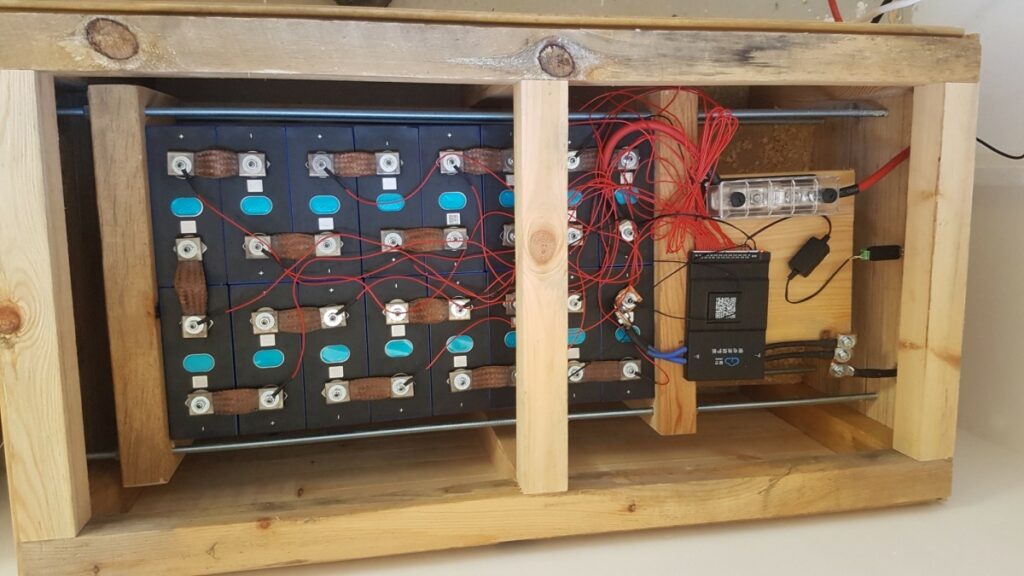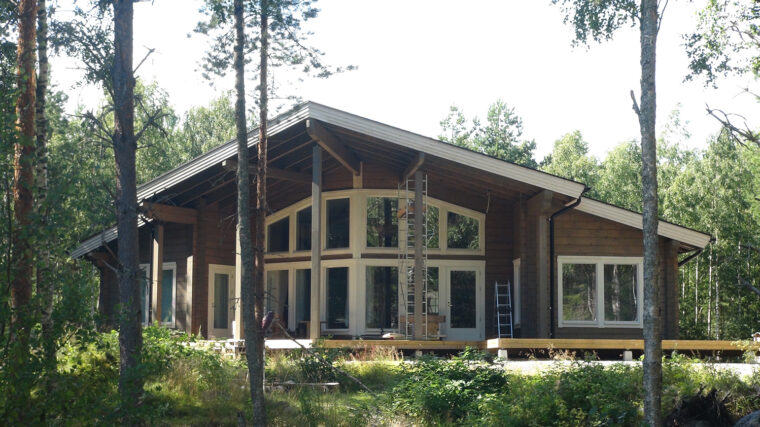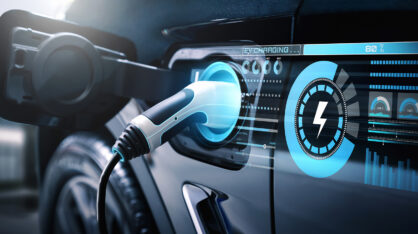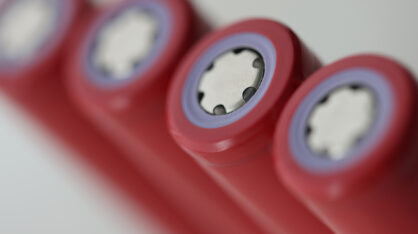When people think off-grid in Finland, they usually imagine a summer cottage without running water, no plumbing, and minimal, if any, electrical power available. Over a decade and a half ago, I started planning a modern, comfortable house – except it would be fully off-grid. It would provide its own electrical power, heating with wood sourced sustainably from the surrounding forest, an own source of water, and on-site wastewater processing. It took some time for technology to catch up with what I wanted to do, but it’s a reality today. In this blog, I will present the solar system and battery in place that make this possible, and what it cost me to build those.
Power Audit
The cheapest energy is the one you don’t have to generate, or in other words, conservation is cheaper than generation. Following this mantra, I decided to design the house from the ground up to use as little electricity as possible in order to be able to bridge the winter months. In summer however, there is plenty, and thus I also wanted to build the house with that in mind.
In order to design a suitable system, the first thing I did was make a power audit. This tells me how much energy I will need to keep the basic functions of the house running without compromising comfort. My power audit looks like this:
| Device | Power (W) | Runtime per day (hours) | Energy use per day (kWh) |
|---|---|---|---|
| Ventilation | 40 | 24 | 0.96 |
| Well Pump | 800 | 0.5 | 0.4 |
| Other Pumps | 40 | 5 | 0.2 |
| Washing | Measured per day only | 1 machine/day | 0.49 |
| Fridge/Freezer | Measured per day only | 24 | 0.31 |
| Lighting | 100 | 6 | 0.6 |
| Laptops | 40 | 8 | 0.32 |
| Phone Charger | 5 | 3 | 0.015 |
| WiFi | 5 | 24 | 0.12 |
| Sewer Fan | 400 | 2 | 0.8 |
| Inverter Loss | 40 | 24 | 0.96 |
| Total | 5.175 |
From the power audit, I concluded I needed around 5 to 6kWh per day to keep the basics up and running. Things like the washing machine and fridge are specifically chosen to be the most efficient models available. Lighting is of course all LED, and the pumps are likewise chosen to be as efficient as possible.
One important item to note are the inverter losses. When converting DC to AC power, losses are inevitable. The power audit above shows that the inverter losses are quite substantial – almost 1kWh per day. One of the first updates I made to the system was to add a secondary, more efficient inverter for winter use: in summer I can run the big 6kW inverter, while in winter I switch to a smaller, 3kW inverter with only 10W self consumption and well over 90% efficiency. This brings the inverter losses down to 0.24kWh per day.
Solar Array
Based on the power audit and local solar irradiance data for the region, I could now size both my array and my battery bank.
For the solar array, I went with an installation of 20 x 500W panels, for a total of 10kW peak installed power. At the time (early 2020), these large panels were very hard if not impossible to find in Europe, so I imported them directly from the manufacturer in China. Total cost including transport and tax: 4141€, or 0.41€/Watt.
I also decided to design and build my own ground mount for them, at a cost of only €370 in material for each mount:

The size and orientation of the array is optimised for spring and autumn. In summer, I can use the excess solar power to cut and split wood for winter with electrical tools (no additional fuel cost), dry fruits, mushrooms, and other food with a dehydrator, etc. In the future, adding an EV into the mix will further allow me to use all the excess power I can generate.
Battery Bank
The size of battery bank in off-grid situations is largely determined (in a cold/dark climate anyway) by the days of autonomy the user wants. With a 5kWh per day consumptions, this means that a 5kWh battery gets you through a single day when there is no solar available to recharge. A 10kWh battery will give you two days. My initial design was built around a 30kWh battery, but this was later upgraded to 60kWh. This gives me a total autonomy of 12 days. If I would have bought off-the-shelf batteries, this would have been a very expensive endeavour. Instead, I built my own pack from prismatic Lithium Iron Phosphate (LiFePO4) cells. This lithium chemistry has a few important advantages: they do not experience thermal runaway (i.e., they don’t catch fire when issues occur) and they don’t contain controversial materials such as Cobalt. It also has a very long cycle life (4000 to 6000 cycles) and rather easy to get from suppliers in China.

Adding 16 280Ah LiFePO4 cells in a single battery together with a battery management system (BMS) creates a 48V battery with a capacity of around 15kWh. Four of those in parallel gives me the 60kWh system. Total cost including battery management systems: 7828€. That comes to 130€/kWh – a lot less than contemporary off-the-shelf storage systems.
The Missing Pieces
With the solar array and battery bank done, I need to add a few more items to make this all work. For one, we need an inverter. As I mentioned earlier, I have two inverters running, one for summer and one for winter. Total cost of those two inverters: 1833€. In addition, we need charge controllers that take the solar energy and put it into the batteries. Cost of these was 485€ for two needed to deal with the maximum power the array can deliver.
Of course, when you generate almost nothing in winter, it doesn’t matter how big your battery pack is unless you can effectively recharge it. For this I use a generator – running this once a week tops up the batteries enough to last the week after. This generator is a diesel generator that runs on, among others, (recycled) vegetable oil, but that’s perhaps a story for another blog. Cost: 500€, refurbished.
Conclusion
Adding all the costs together brings me to a total of 16267€, and of course my time building the system. Lessons learned and independence gained: priceless.
More details on the house, heating systems, etc. can be found here:




